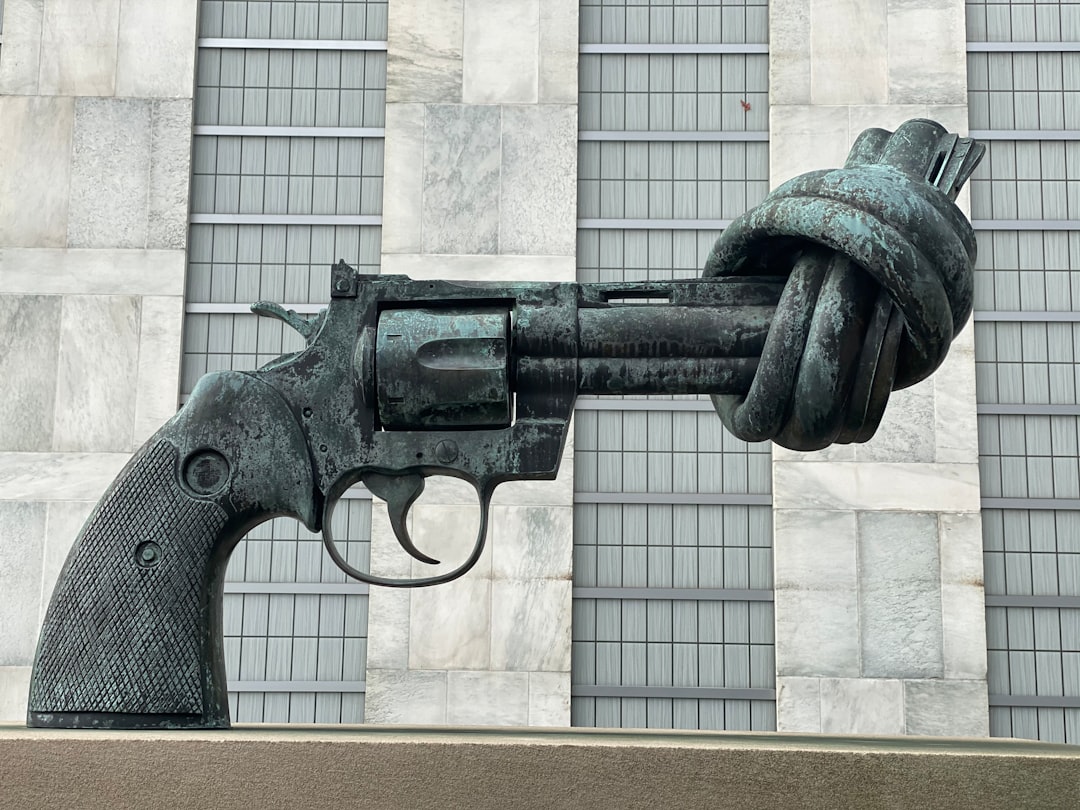What is it about?
There are several historical examples of religious repression leading to forced migration, but is this apparent effect strong and consistent? In this article, we answer this question through a quantitative analysis, combining data on refugee flows with cutting-edge data on religious repression. We find that religious repression--particularly government bans on entire religious groups--seems to increased forced migration, even when we take into account conventional explanations like conflict or general political repression.
Featured Image
Why is it important?
Refugee crises--instances of mass forced migration--are an unfortunately common aspect of contemporary world politics. This article broadens our understanding of these crises, by pointing to the role of a new factor, religious repression, which may help policymakers and advocacy groups better predict growing crises.
Perspectives
I have done a lot of work on religious repression and religious politics, and this was my first application of this work to forced migration and refugees (made possible through my co-author's expertise).
Peter Henne
University of Vermont
Read the Original
This page is a summary of: The Effect of Religious Restrictions on Forced Migration, Politics and Religion, August 2014, Cambridge University Press,
DOI: 10.1017/s1755048314000522.
You can read the full text:
Contributors
The following have contributed to this page










